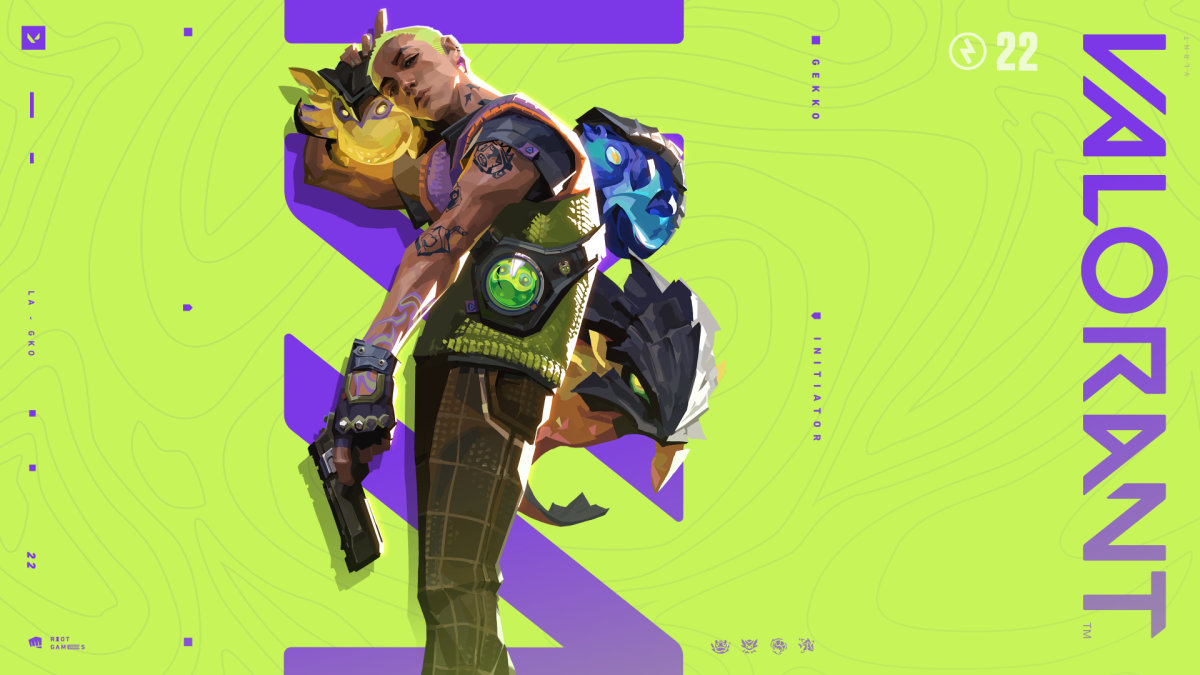VALORANT is a game where plenty of players prioritize performance over all else, with even the best players in the world using the lowest settings to maximize frames per second to get an edge. If you’re using a computer or laptop with an NVIDIA graphics card, the NVIDIA Control Panel program can help make your VALORANT gameplay smoother than you think.
Here are the best NVIDIA VALORANT settings and how to change them quickly to make your games run better.
How to change game settings from the NVIDIA Control Panel
To start, you must know whether your PC has an NVIDIA graphics card. If you do, the control panel should be easily accessible, either through finding it from your search bar or just on your desktop.
If you have an NVIDIA graphics card but can’t find the control panel on your PC, you can download it from the Microsoft store. This only works well if you also update your drivers via the NVIDIA website.
After opening it, NVIDIA offers a lot of aspects you can change for your PC. Some are the more basic settings that your base PC can already offer, like changing resolution. But to improve specific games, go to the Manage 3D Settings tab.
In that tab, there are two options to choose from: Global Settings and Program Settings. As the names entail, the first is for all games while the second is for specific ones, so go to Program Settings.
How to edit VALORANT settings from the NVIDIA Control Panel
One of the first options in Program Settings revolves around choosing the program you want to change, so just find the VALORANT application, wherever it is on your PC. It should be available as a recognized game from your PC, so check the drop-down menu before manually adding it in.
Then, start turning many extra settings off, specifically the antialiasing options. If you have multiple graphics cards, select them in the CUDA – GPUs slot. Set your low latency mode to Ultra and turn your max frame rate off using the global setting.
Turn off MFAA, and then select your strongest graphics card for the OpenGL Rendering GPU option. For the Power management mode, be sure to select the Prefer Maximum Performance option alongside the Highest Available option for the Preferred Refresh Rate. Then, put your Shader Cache on before you hit the Texture filtering section.
This one can be tricky, but remember that you’re aiming for performance above all else. Turn the anisotropic option on, allow the negative LOD bias, and then focus on the High Performance option for the Quality section. Turn trilinear optimization on and leave the threaded optimization on Auto.
Make sure to turn the triple buffering and vertical sync off and leave the virtual reality pre-rendered frames on one.
NVIDIA Control Panel settings for boosting your VALORANT gaming experiences
Once you’ve opened the “Program Settings” section of your NVIDIA Control Panel, these are the settings you’ll want in order to get the most out of your VALORANT sessions:
- Image Sharpening—On
- Anistropic Filtering—Off
- Anistropic Sample Optimization—On
- Negative LOD Bias—Allow
- Quality—High Performance
- Trilinear Optimization—On
- Threaded Optimization—Auto
- Gamma Correction—Off
- Mode—Off
- FXAA—Off
- Max Frame Rate—Off
- Background Max Frame Rate—20
- Low Latency Mode—Ultra
- Power Management Mode—Prefer Max Performance
All of these selected options should ensure that you have the best NVIDIA VALORANT settings.


